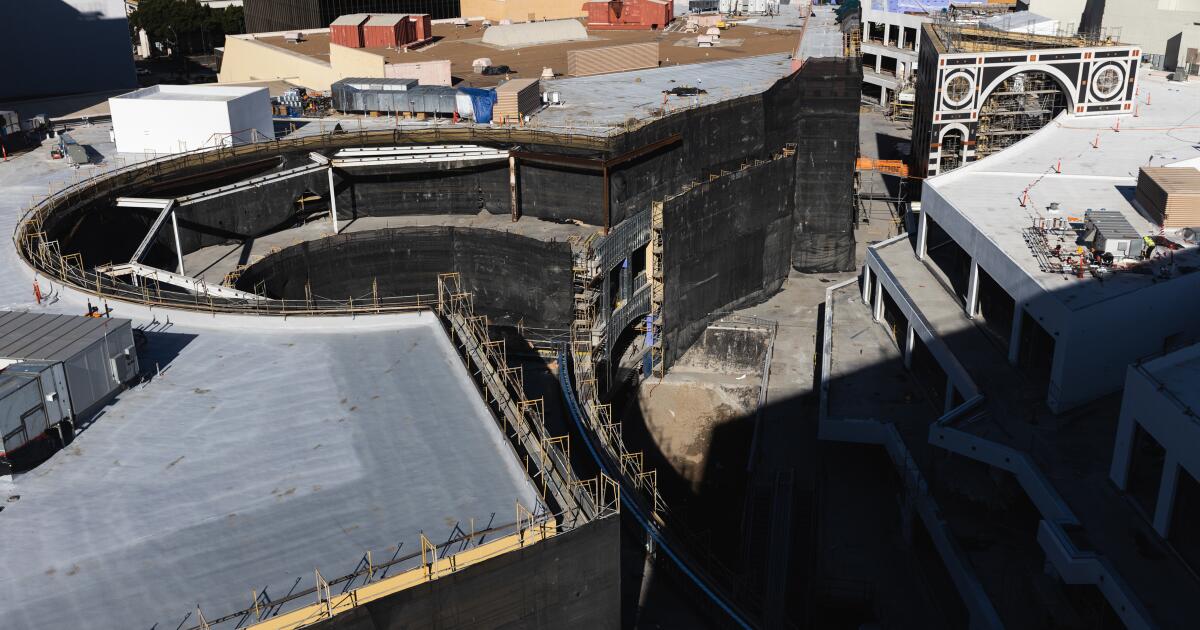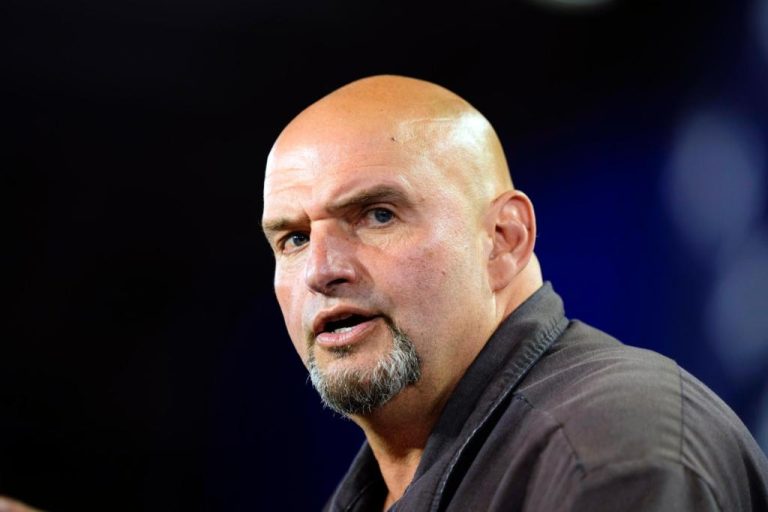
A large package of proposed policy changes in San Diego would loosen rules for converting shopping malls into housing and make it easier to open substance use and mental health clinics for homeless people.
The package of 92 proposed changes, which the public can comment on during two workshops later this month, would also require new arenas and stadiums to provide easy access to walkers, cyclists and mass transit users.
Other proposals include softening parking requirements for research facilities, exempting single-room-occupancy hotels from 30-day minimum stay requirements and softening rules for sidewalk cafes.
The package would also loosen rules for electrified fences and give developers more options for complying with some requirements of the controversial high-density housing incentive program known as Complete Communities.
Twenty-five of the 92 proposals would only affect downtown. They include incentives to develop underutilized sites like parking lots and build housing for middle-income residents, as well as streamlined approvals for child care facilities.
San Diego is the only city in the region that updates its zoning code annually with a large batch of policy changes. Other cities handle such changes one at a time.
Critics say adjusting significant regulations in such a large batch can shield the changes from the scrutiny they might receive if the council debated them individually.
City officials say comprehensively updating the zoning code each year allows them to quickly make small modifications that streamline regulations and adjust policies that have had unintended consequences.
“We are a large city — there is a lot going on and there is lot that is worthy of updating on a pretty regular basis,” Planning Director Heidi von Blum said last week. “If we don’t do anything to it for many, many years, that’s also a really big problem.”
Von Blum said handling each of the 92 proposals separately would be a bureaucratic nightmare. Each would have to go to the Planning Commission, the City Council’s Land Use and Housing Committee and then to the full City Council for final approval.
Public hearings on last year’s package were dominated by debate over a proposal to soften rules allowing taller apartment buildings and more backyard units when a property is near mass transit.
The City Council eventually voted 5-4 last February to approve the change, which says the transit line can be as far as 1 mile away, instead of the half-mile requirement that had previously been in place.
Von Blum said she doubts any of the changes proposed this year will be nearly as controversial. She said the most notable change is probably streamlining approvals for substance use and mental health clinics.
Aimed at helping the city cope with its homelessness crisis, the proposal would also widen the areas where such facilities could be located. Such facilities could not be within a quarter-mile walking distance of child care businesses, playgrounds or schools.
Another key change would let developers convert large shopping malls into mixed-use projects to make housing the primary use. Existing rules say the primary use must remain commercial.
The change would only apply to malls on sites larger than 5 acres with at least 200,000 square feet.
The proposal targeting new stadiums and arenas aims to boost the city’s efforts to comply with its climate action plan. In addition to requiring easy access for transit users, pedestrians and cyclists, the change would affect how parking structures could be built.
Von Blum said the change wouldn’t apply to Snapdragon Stadium in Mission Valley because it’s already been completed. But it would apply to a proposal to redevelop the Midway area surrounding the city’s aging sports arena.
Research and development businesses would no longer be required to provide the same number of parking spots as other industrial businesses, and sidewalk cafes could be created without a city permit if the outdoor seating wouldn’t block an entry-exit pathway into the restaurant.
The changes would also loosen rules for single-room-occupancy hotels, which city officials call the lowest rung on the housing ladder above homelessness.
The council approved incentives to build such hotels last fall, but that legislation didn’t specify whether they were exempt from the 30-day minimum stay rule created to regulate short-term vacation rentals.
Another change would allow electrified fences at businesses as long as they are located within another non-electrified fence. City officials said salvage yards are the most likely businesses to take advantage of the change.
On Complete Communities, which allows developers to build projects several times large than existing zoning would otherwise allow, the city’s proposed changes would loosen how promenades and urban parkways required by the program could be created.
The city is hosting a public forum on the changes from 6 to 7:30 p.m. Feb. 20 at the Linda Vista library, 2160 Ulric St., and an online forum from noon to 1:30 p.m. Feb 29. For details, visit sandiego.gov/planning.
Hearings on the changes are scheduled for March at the Planning Commission, April at Land Use and Housing and June at the full City Council.





